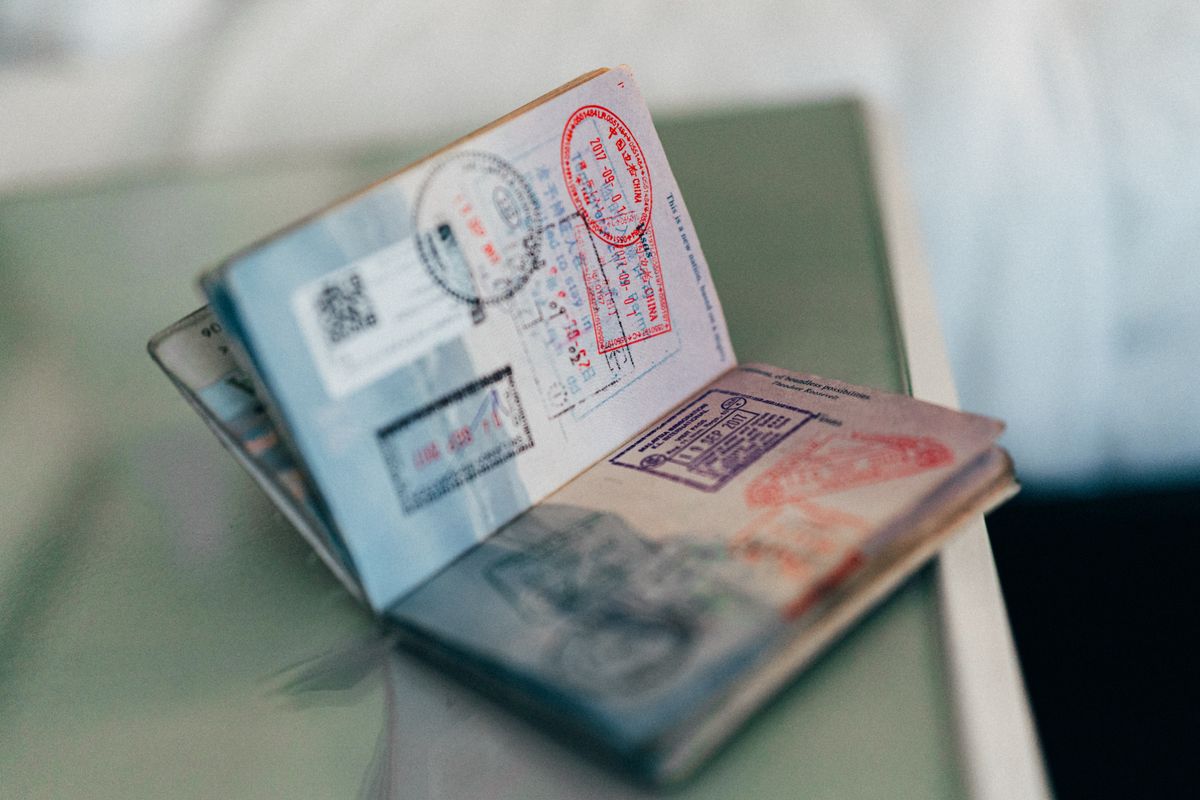The mysteries of the Swedish personal identity number

So, you have arrived in Sweden and everything feels great. Sure, the weather could be better but why complain? But something is missing. It’s something that a modern surveillance state would love you to have but it’s also something you really could use if you plan on staying here awhile. That something is your very own, totally unique personal identity number, or “personnummer” as it’s called in Swedish. This magic number opens all kinds of doors for you: healthcare, library card, bank accounts and so many other nice things.
Dear reader, I'm sure that whatever country you’re from has their own form of personal identity number so what I'm about to tell you isn’t exactly shocking. You see, I’m about to break down what the numbers in your personal identity number actually stand for. There’s no sexy way to do this so here we go:
Your personal identity number consists of 12 numbers in the following format:
YYYYMMDD-XXXX
The first eight digits are your date of birth, the next three are your birth number and the last one is a control digit. If you suffer a quick bout of amnesia and forget your sex you can always check the second to last number. If the number is odd you’re apparently male, if it’s even you’re female. In the age of gender politics this feature could soon become a bug.
So, now that we know what a Swedish personal identity number is, the next questions are “are you eligible for one?” and “how do you get it?”.
To be eligible for a “personnummer” you have to meet a set of criteria which varies depending on what you’re actually doing in Sweden. If this is your latest stop on a European crime spree, you’re probably not eligible. If, on the other hand, you’re here to study, the chances of being eligible rises dramatically.
Let's assume you’re a student. If you’re an EU-citizen you need to be admitted to studies which will last at least 13 months. International students from outside the EU need a residence permit good for at least 12 months. Once this is done you could say the hard part is over. I mean, you got admitted to a Swedish university. Give yourself a pat on the back
The next step is filling out a form online called "Move to Sweden". This form can be filled out before you actually move here. Alright, just one more step which, depending on your views on taxes, could be the scariest one. Once in Sweden you have to get your butt over to the closest office of the Swedish Tax Agency. Just cause I'm nice I’ll include a link where you can find your closest office. Here you will come face to face with a Swedish bureaucrat, and believe me, bureaucrats thrive in this country! But not to worry, just hand over:
- Your passport (if you’re from the EU a national ID is enough)
- A letter of admission proving you´re here to study for longer than 12 months
- Document showing you have registered (enrolled) on a recognized study programme in Sweden. Preferably the one you were admitted to.
Congratulations, you will soon (everything is relative!) be the proud owner of a Swedish personal identity number. Keep checking this blog for other tips and guides for surviving Sweden.




Comments ()